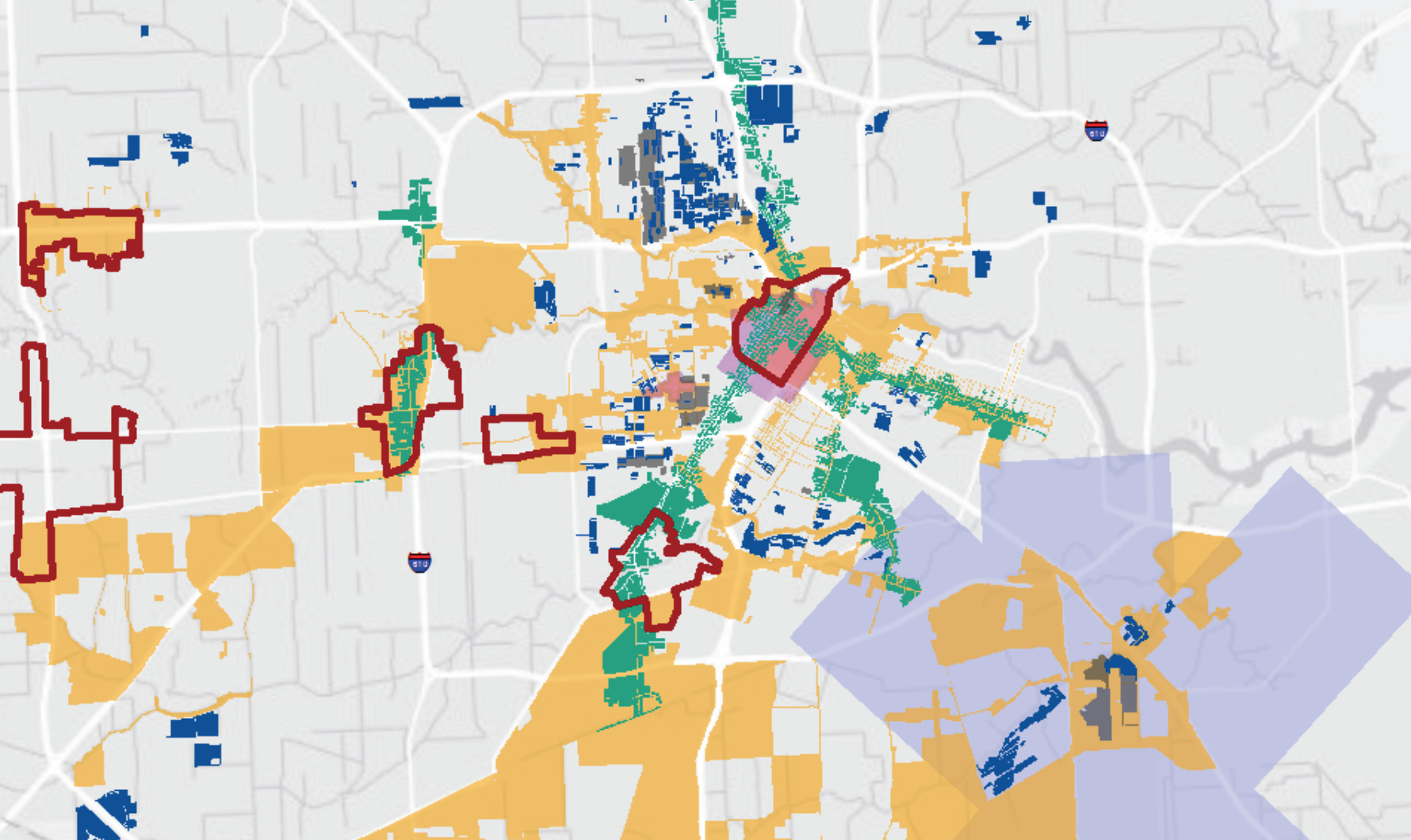During and after Hurricane Harvey inundated huge areas of Houston and the broader metropolitan area, discussion started about how the city and region’s land-use and development regulations influenced the storm’s outcomes.
Much was made of the City of Houston’s lack of a traditional zoning ordinance. The City and Harris County’s development standards for flood mitigation and their building codes also received a huge amount of attention. Both topics will likely continue to garner much discussion in the weeks, months and years of recovery ahead.
Lost in much of this discussion, though, is a consideration of the actual land-development regulations the city of Houston currently has in place. For all the focus on the city’s lack of zoning, little has been done to understand what rules are in operation on the ground in its stead. This information is crucial to considering what changes could be made to help the city respond to Harvey and future storms. But, more broadly, it's essential to creating a land development system that works to the benefit of all Houstonians.
The Kinder Institute’s latest report, “Developing Houston: Land-Use Regulation in the ‘Unzoned City’ and its Outcomes,” describes the city’s existing system, discusses its limitations and points to a few paths that could be taken to shape the city’s development in ways that meet the needs of residents, developers, businesses and officials. While it does not delve into building codes or mitigation regulations, its lessons are helpful to frame the discussion of how the city should respond to Harvey as well.
Unlike traditionally zoned cities, though, Houston’s system struggles to provide neighborhoods and developers with predictability. Neighborhoods can face massive change over the course of just a few months if they are unable to put lot size or historic district regulations in place. Businesses often struggle to know where it is best to locate or how to influence the built environment around them because many of the city’s regulations are one-size-fits-all or lack adequate incentives. In both cases the take away is that Houston is often unable to tailor plans to the needs of specific places or people.
Another major issue of Houston’s less formal development system is that challenging unwanted land uses requires that residents have the financial resources or know-how to take advantage of the existing tools to protect a neighborhood. This leads to disparities in which Houstonians are able to effectively organize and influence development within their neighborhoods. In a situation such as the recovery from a major hurricane, this disparity looms large.
But options exist for Houston to build upon the strengths of its current system and to shore up its limitations.
The ability to create more tailored plans for smaller areas—whether business districts or residential communities—would help to overcome many of the city’s existing limitations. Small area planning could allow all residents and neighborhoods access to the same tools and create opportunities for further participation.
The use of opt-out standards rather than opt-in for desired development outcomes such as transit-oriented development would allow the city to more easily achieve desired built environment outcomes rather than allowing private development to individually shape a street or district.
These approaches and the bulk of the regulations documented in our report do not directly address the challenges laid bare by Hurricane Harvey. However, the creation of a more responsive, inclusive and outcome-driven development system would necessarily include a closer look at building codes and detention strategies. And this effort would serve Houston in both times of crises and times of normalcy.
Kyle Shelton is the Director of Strategic Partnerships for the Kinder Institute.

